Centrifugation: RPM vs. G Force
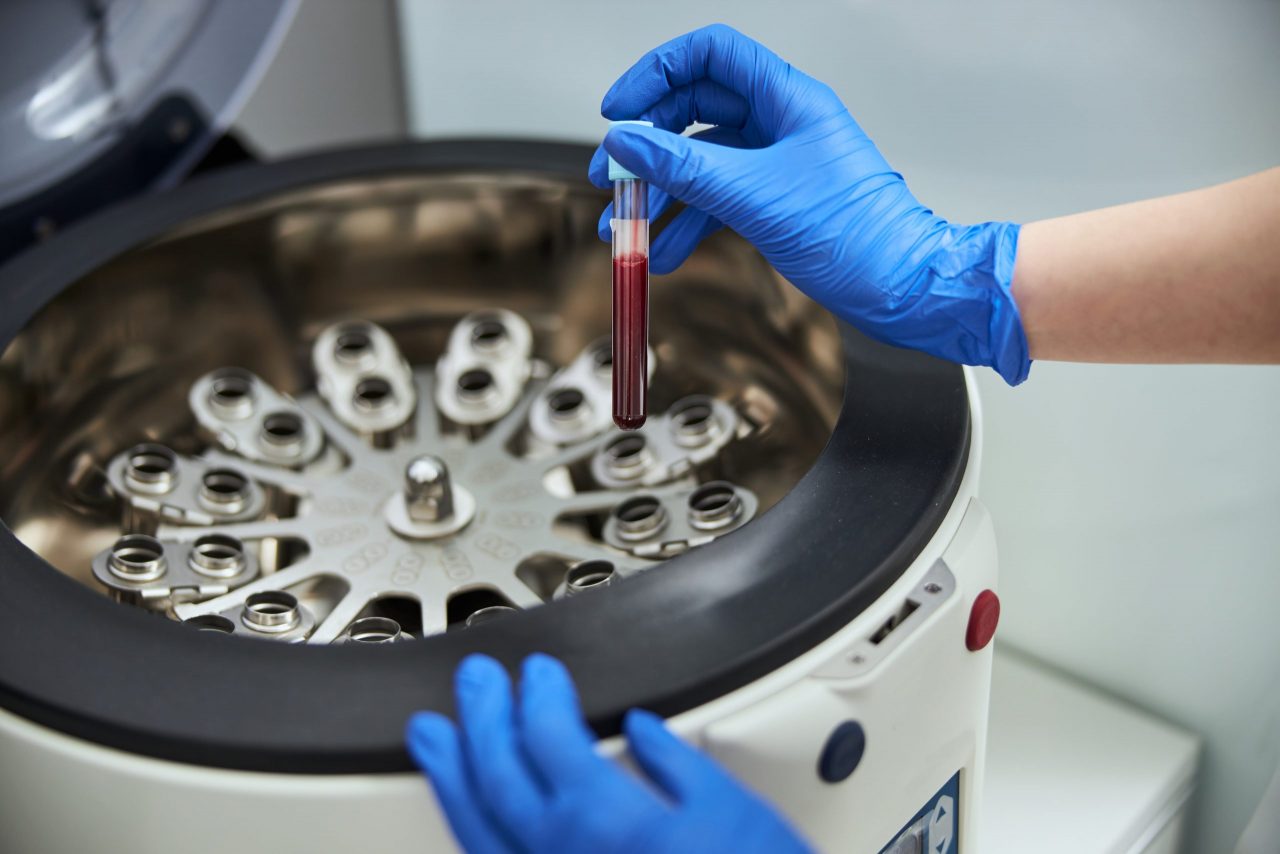
Centrifugation is one of the most important and widely applied research techniques in biochemistry, cell and molecular biology, and medicine. Today’s research and clinical applications depend on the isolation of cells, subcellular organelles, and macromolecules, generally high throughput. A centrifuge uses centrifugal force (g-force) to isolate suspended particles from the surrounding medium either in batches or as a continuous flow.
Incubators, their application in cell and microbiological cultures
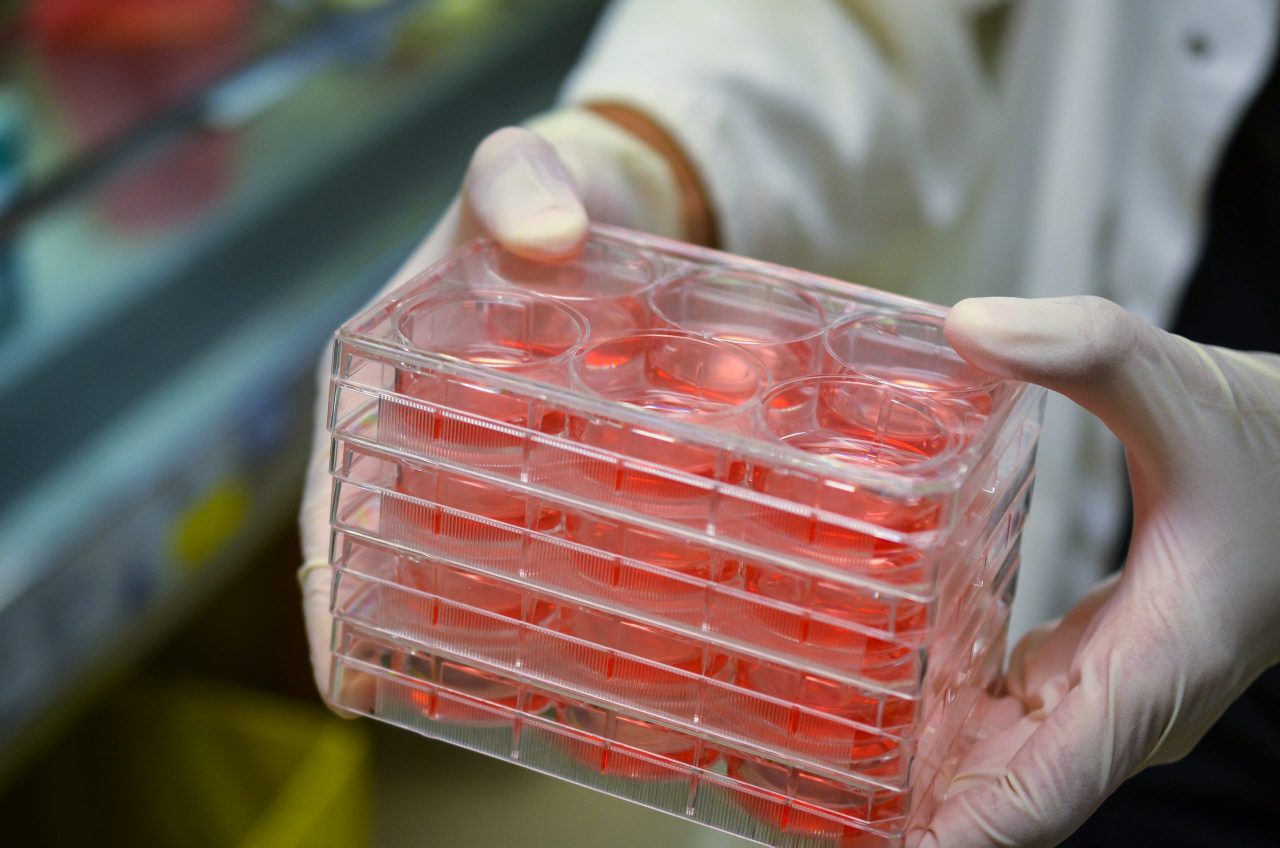
An incubator is a laboratory equipment that is used to maintain and grow microbiological cultures or cell cultures, regulating viable growth factors such as temperature, humidity and ventilation.
When to calibrate my spectrophotometer?
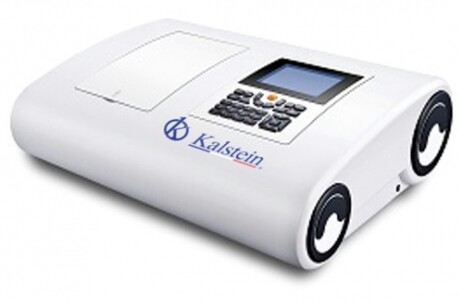
The spectrophotometer is a piece of equipment used in the laboratory in order to determine the concentration of a substance in a solution, thus allowing quantitative analysis to be carried out. Proper calibration of the spectrophotometer is a fundamental factor in obtaining an accurate and reliable measurement.
What is a humidity incubator?
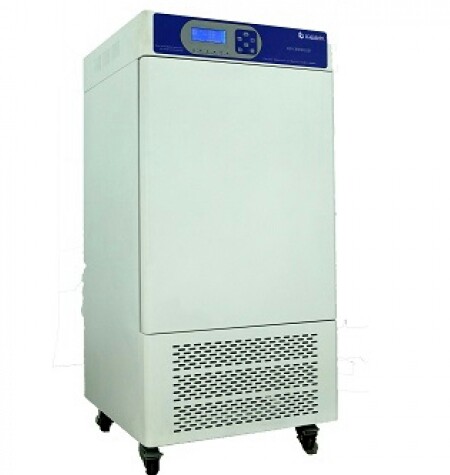
A humidity incubator is a laboratory equipment that, in addition to controlling the temperature of the indoor environment, also controls the humidity, through a refrigeration system, instead of direct heating. They allow the development of an infinity of experimental work, since with it microbiological and cell cultures can be maintained thanks to its ability to achieve the optimum temperature and humidity for this, as well as the levels of carbon dioxide and oxygen.
What is a hematology analyzer?
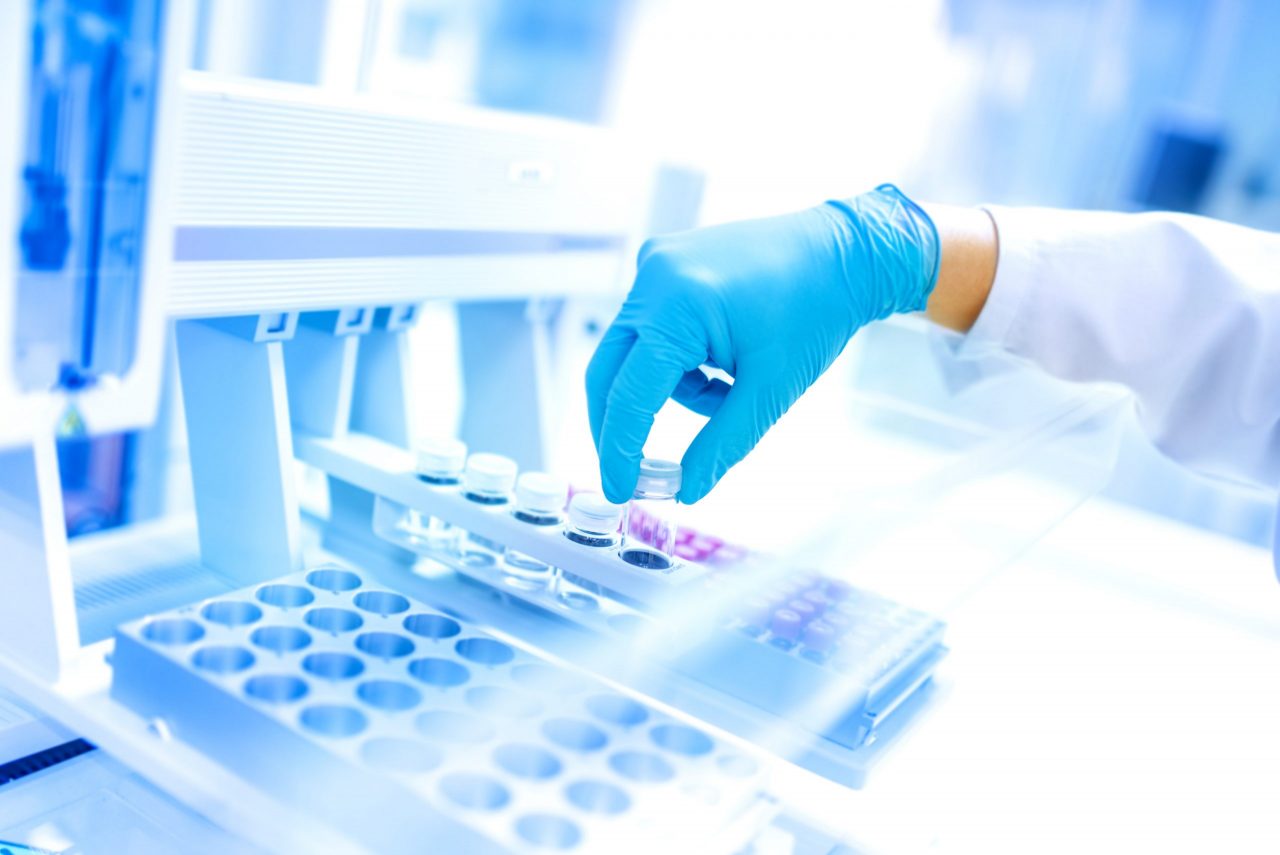
Hematology analyzers are equipment used to perform complete blood counts, or hemograms. They carry out quantitative and qualitative analyzes of blood elements: red blood cells, white blood cells, and platelets. They are mainly used in medical biology analysis laboratories or in hospitals with hematology services.
What are the uses of a spectrophotometer?
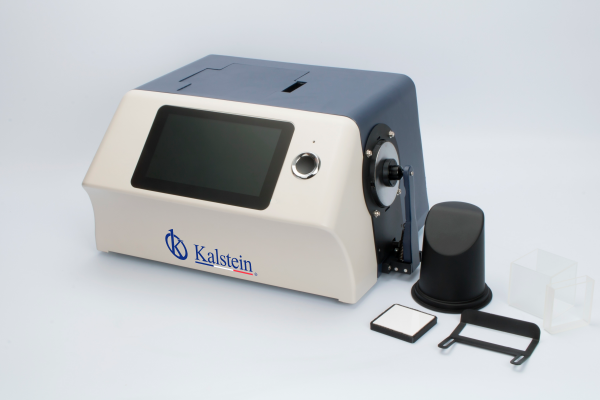
Spectrophotometry quantifies the concentration of a specific substance that is present in a sample by comparing the amount of light that enters a sample compared to the amount of light that leaves the sample at a specific wavelength. It can be used theoretically to measure any substance that absorbs light.
What is electrophoresis?
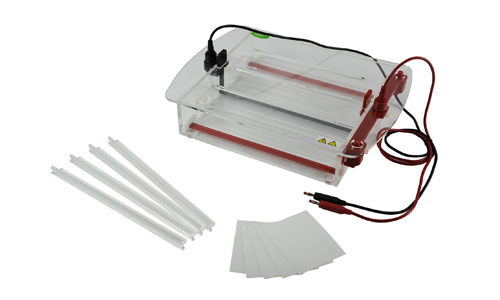
Electrophoresis is an analytical method in which a controlled electric current is used in order to separate biomolecules according to their size to electric charge ratio, using a gelatinous matrix as a base. This technique has a variety of practical uses, such as forensic medicine for human identification, the human genome project, protein and genetic mutation research, and clinical diagnostic testing.
Safety levels in a biological safety cabinet
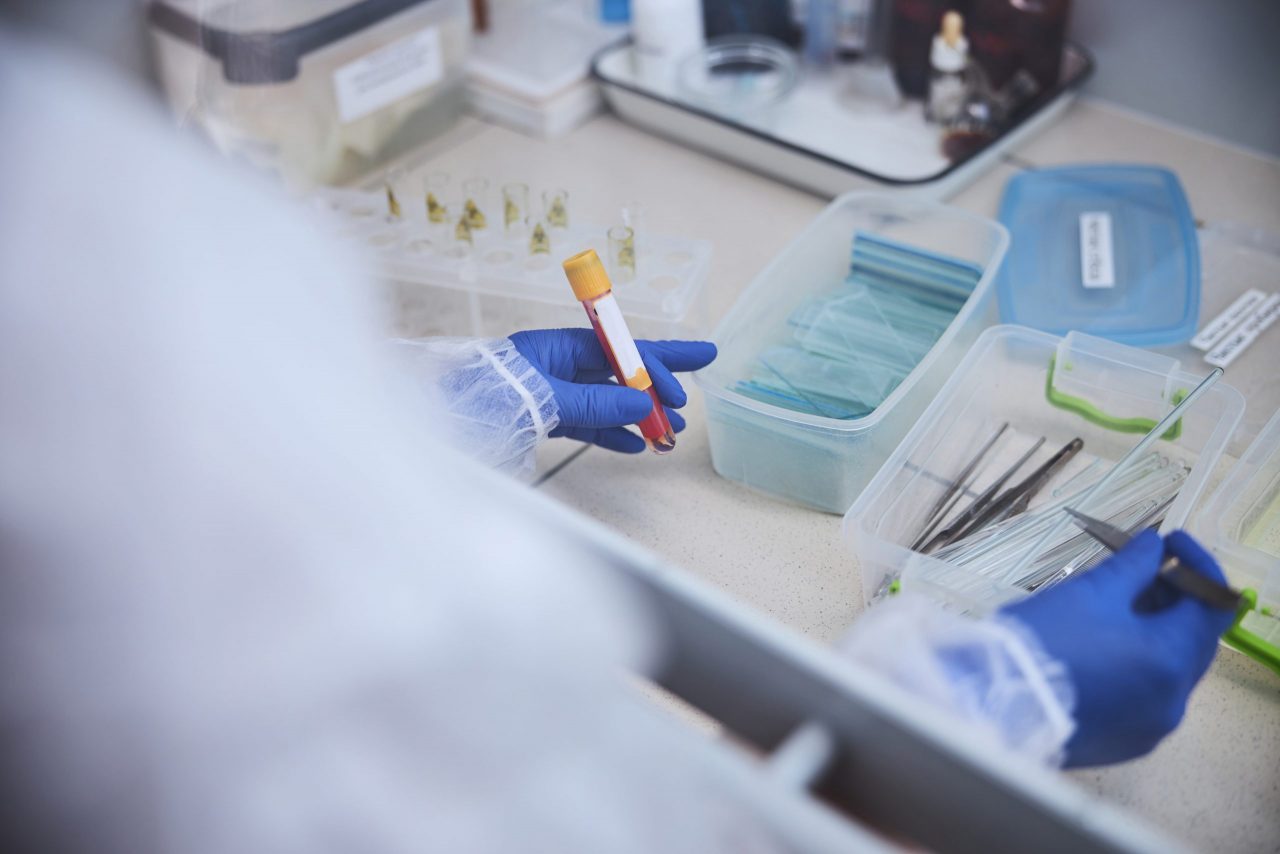
The biological safety cabinet represents a primary containment barrier that allows safe work with biological agents. It is a device designed to prevent the escape of bioaerosols from the work area and, therefore, protects people and the environment from possible exposure to biological agents. There are three types, known as: class I, class II and class III. Laminar flow booths designed exclusively to protect the product are not considered CSB. Next we are going to mention the main characteristics of working with cabins at each of these security levels:
Differences between analytical and electronic balances
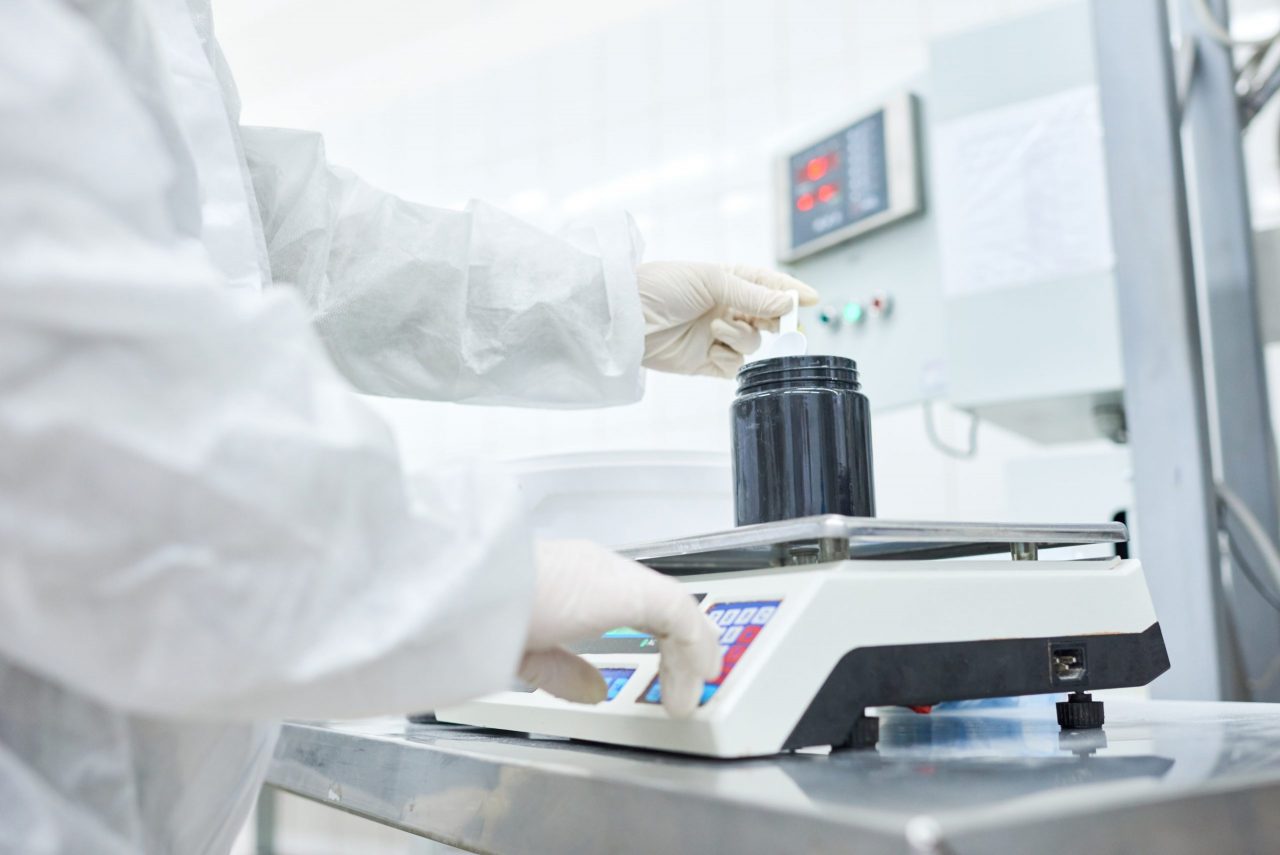
Balances are instruments whose purpose is to measure masses of bodies in greater or lesser quantity. They are characterized by their accuracy, their precision and their sensitivity. The first quality refers to the property that any physical instrument possesses to supply the result of a measurement with a value coinciding with the true one; this implies that the error is as small as possible. The term accuracy is often taken to mean precision.
How does a natural convection ovens work?
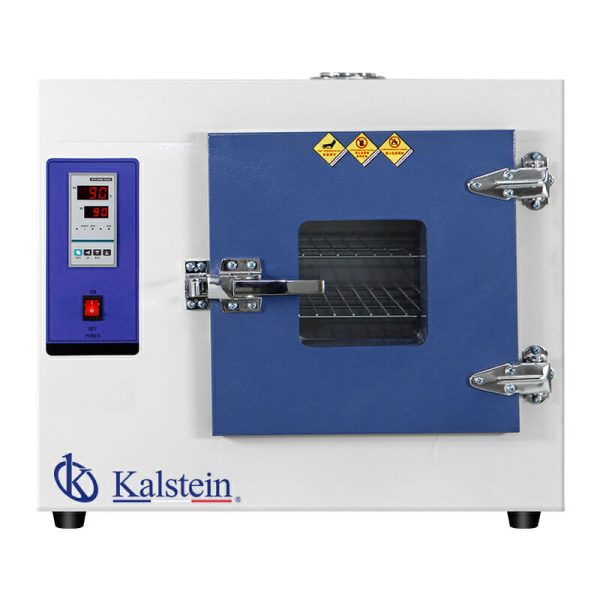
A natural convection laboratory oven is one that extracts the air from the environment in which the stove is located. So it transmits heat in a uniform way throughout the equipment creating a natural air circulation.
